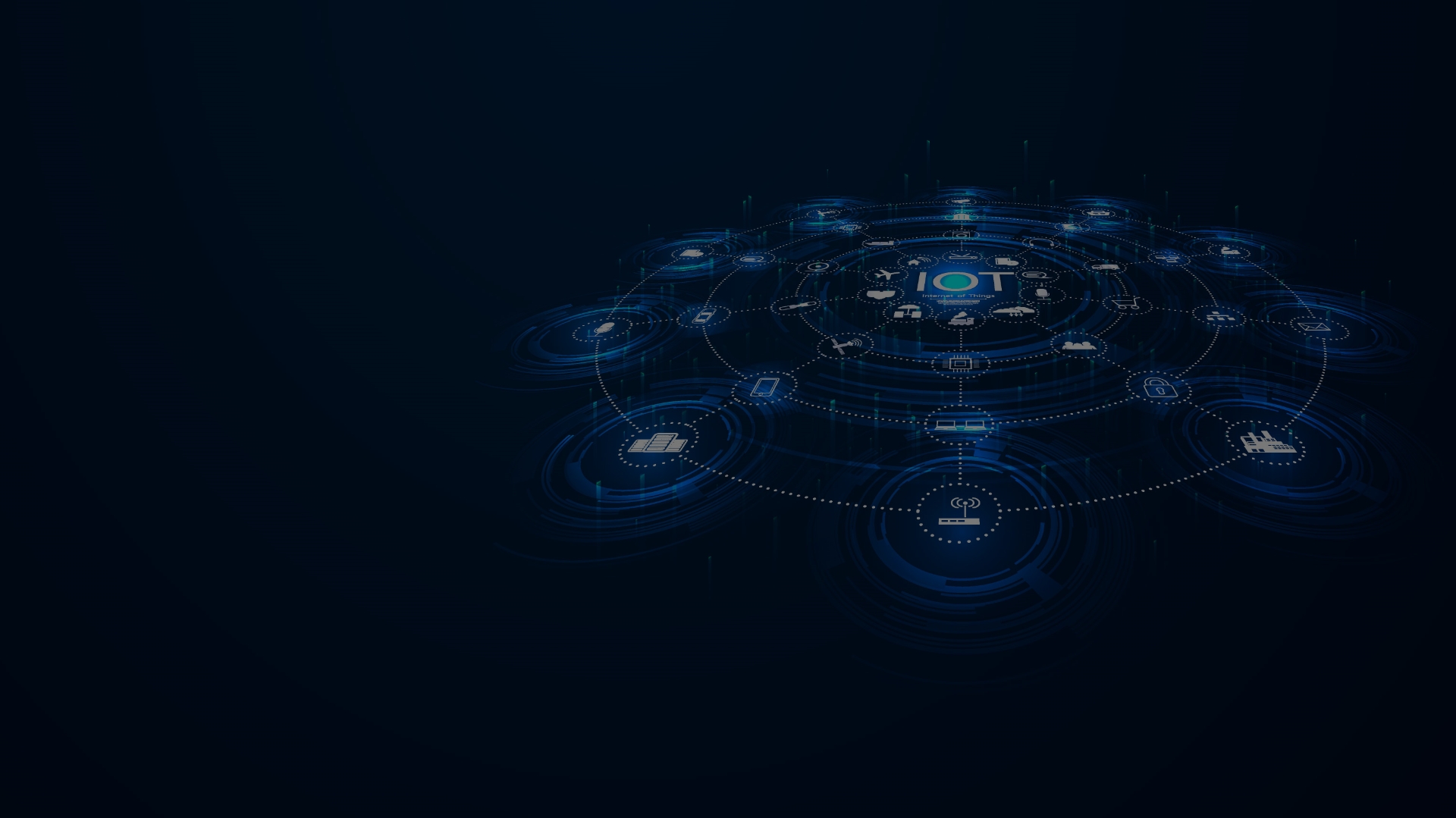This website uses cookies so that we can provide you with the best user experience possible. Cookie information is stored in your browser and performs functions such as recognising you when you return to our website and helping our team to understand which sections of the website you find most interesting and useful.
For Data Scientists in an AI World, is it Survival of the Fittest?
Data scientists know that the world is transforming, and we are in the middle of the single largest transformation since the industrial revolution 250 years ago. “Big data” powered by artificial intelligence (AI) and machine learning (ML) is the next natural resource, much like air, oil, and water. The convergence of big data and cloud with AI and ML is a potential multi-trillion-dollar opportunity.
AI is going to transform businesses faster than ever, and the first signs of transformation are seen in sectors such as life sciences, energy, and data infrastructure. AI will define industries, both new and old ones which can transform big data, cloud, and ML into a valuable knowledge asset and catalysts for disruption.
According to NASSCOM, a jaw-dropping 250 million jobs will be replaced by augmented technology by 2025. Many human lives and businesses will be disrupted and millions of transformative businesses will be created. It will result in a brave new world, and we are less than ten years away from this turning into reality. What then will be the role of a data scientist in an AI dominated world?
Among the insights gleaned: The field of big data and AI encompasses the management of high-volume, high-variety, high-velocity data and the extraction of enhanced business insights from it. World thought leaders in technology strategy such as McKinsey, Harvard Business Review (HBR) and Gartner have unequivocally declared data science as one the most promising sunrise sectors of this decade. HBR went one step ahead to declare data science as the “sexiest job of the 21st century.”
Rising to the challenge: A study by MIT says the rise of machines has increased the standards of work labor. In times of revolution, there will be a rise of jobs in different sectors. On the flipside, a big part of the workforce might not be equipped to meet the standards of these jobs. According to a McKinsey study, there will be an estimated shortage of 290,000 data scientists in the U.S. by 2018. There is a clear demand for professionals that have a depth of knowledge and experience in data science.
Shortage of Data Scientists Fuels Opportunities
According to Forrester, the cognitive era will create close to 8.9 million new jobs in the U.S. by 2025 in robot monitoring, data science, automation, and content. Technocrats will need to upskill or reskill themselves to fit into the new hybrid workforce that can work in symbiosis with machines.
Opportunity #1: Clear the clutter
Enterprises generated data is expected to exceed 240 exabytes daily by 2020, resulting in the higher adoption of AI and the need for a quality workforce. Enterprises are facing a dearth of skilled data scientists who can harness the power of this data chaos. Coupling data science with AI can deliver results around unstructured data and make AI solutions ubiquitous, and give more time to data scientists to distill down the problem statement and specific solution.
Opportunity #2: Looking at a panoramic view
Data scientists need to couple their technical knowledge with a multi-disciplinary approach towards a larger view. They need innate curiosity to implement innovation at each level of their work. A data scientist can be involved in many aspects including data mining, coding, modelling, predictive analytics and presenting solutions. But a good data scientist will add value by bringing the clarity required to understand, articulate, architect and present a business problem statement. A panoramic view of different subjects and theories apart from technology and statistical models is a must, not an option.
Opportunity #3: Focus on converting mined data into meaningful insights
A New York Times article mentioned that a typical data scientist spends around 50%-80% of her time in massaging data. A majority of time is spent in data mining to make data meaningful. With AI and ML adoption, one can automate data cleansing exercises and allow data scientists to focus on the core of the problem.
Opportunity #4: Close monitoring of systems
AI as a technology is omni-applicable as they have the potential to create a data-driven futuristic world. AI requires petabytes of data to achieve at or above par level of accuracy, compared to human intelligence. The current models require a considerable amount of supervision and even a slight variance in input can result in errors. Here the data scientists have an irreplaceable role to play.
As artificial intelligence and machine learning are breaking down the traditional best practices and structural barriers, creativity, and innovation are what is needed to be ahead of the curve.
This article is originally published in rtinsights.com.






